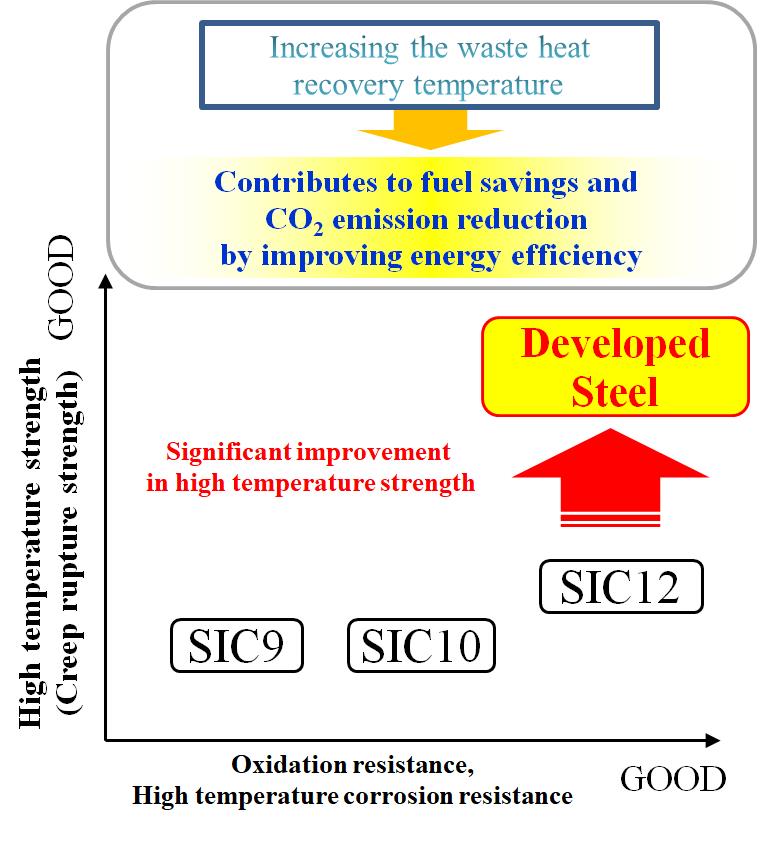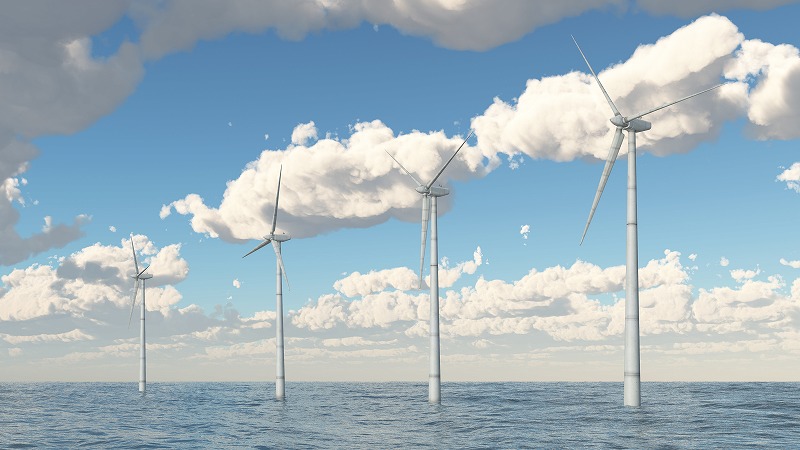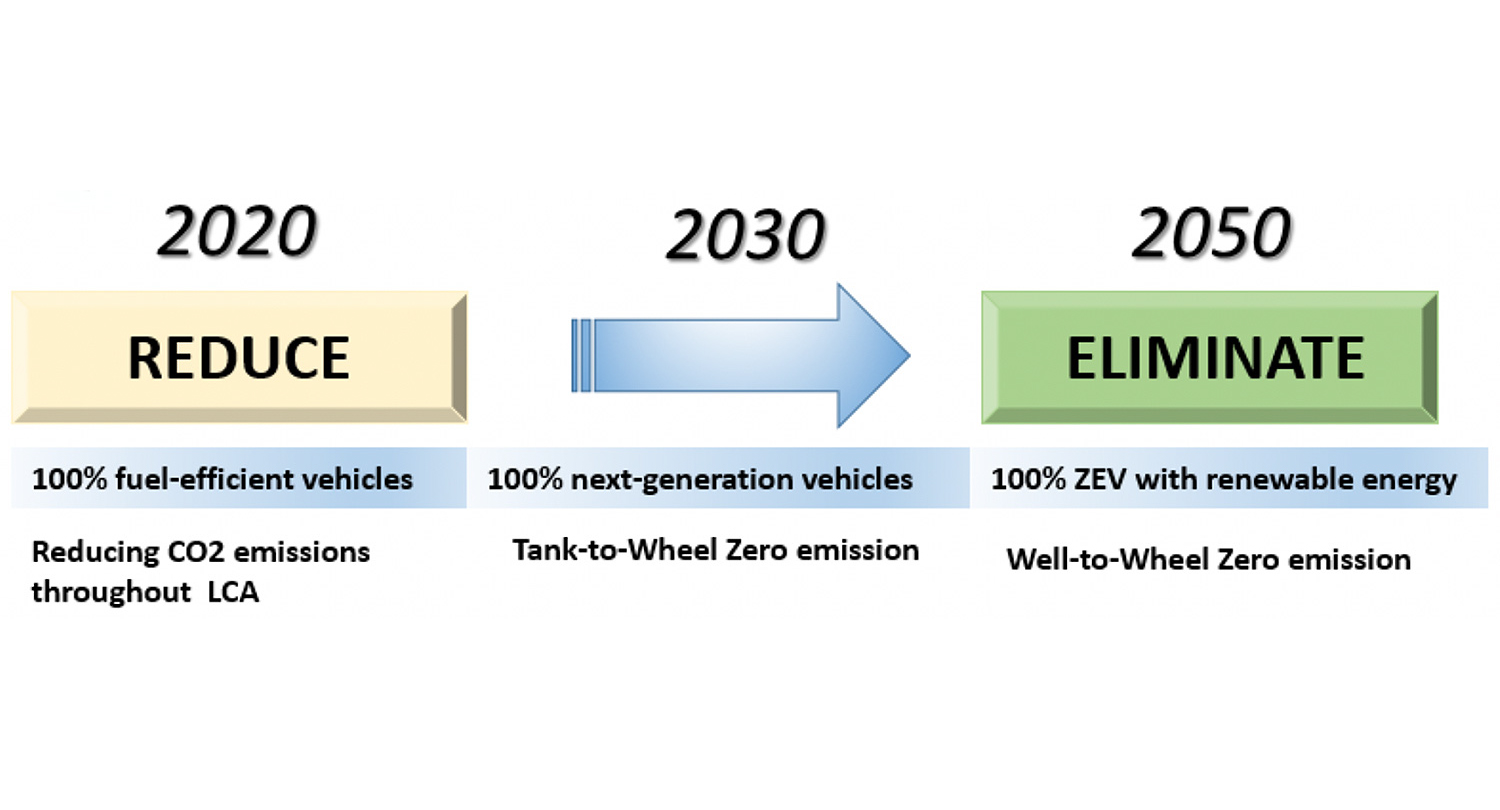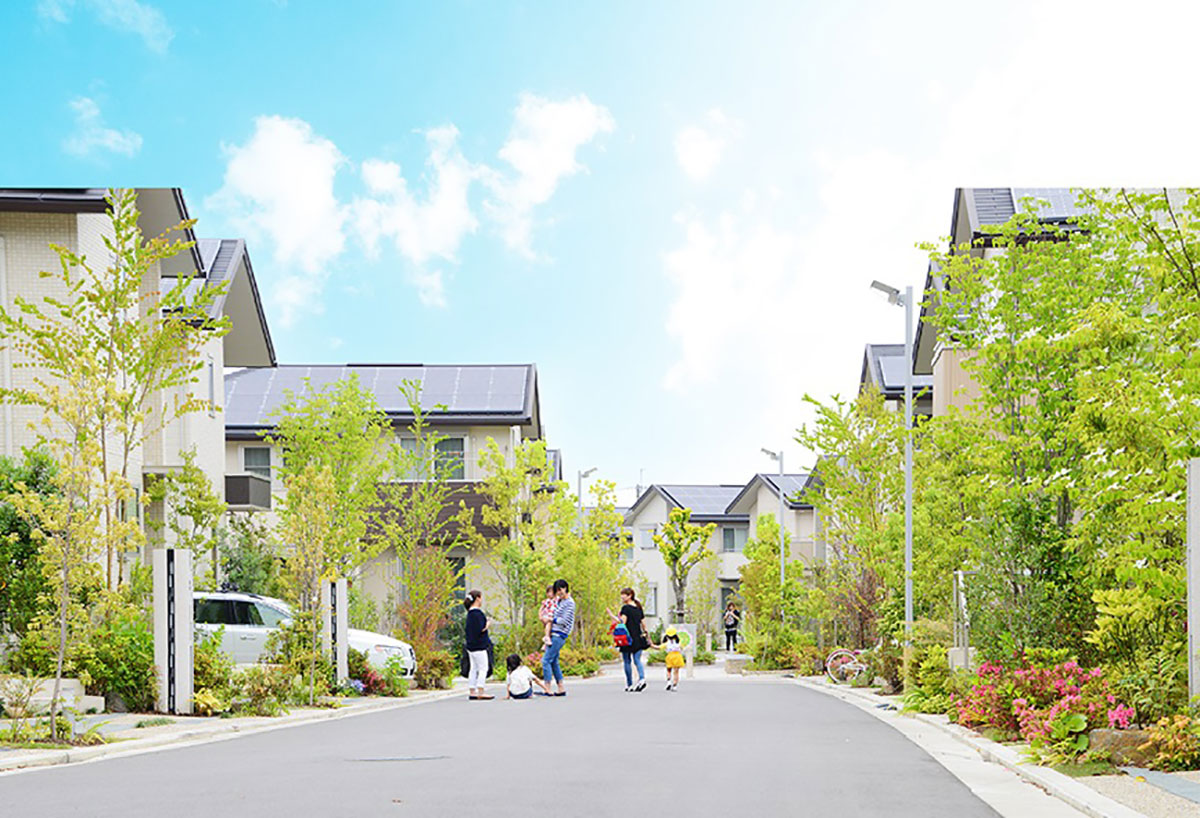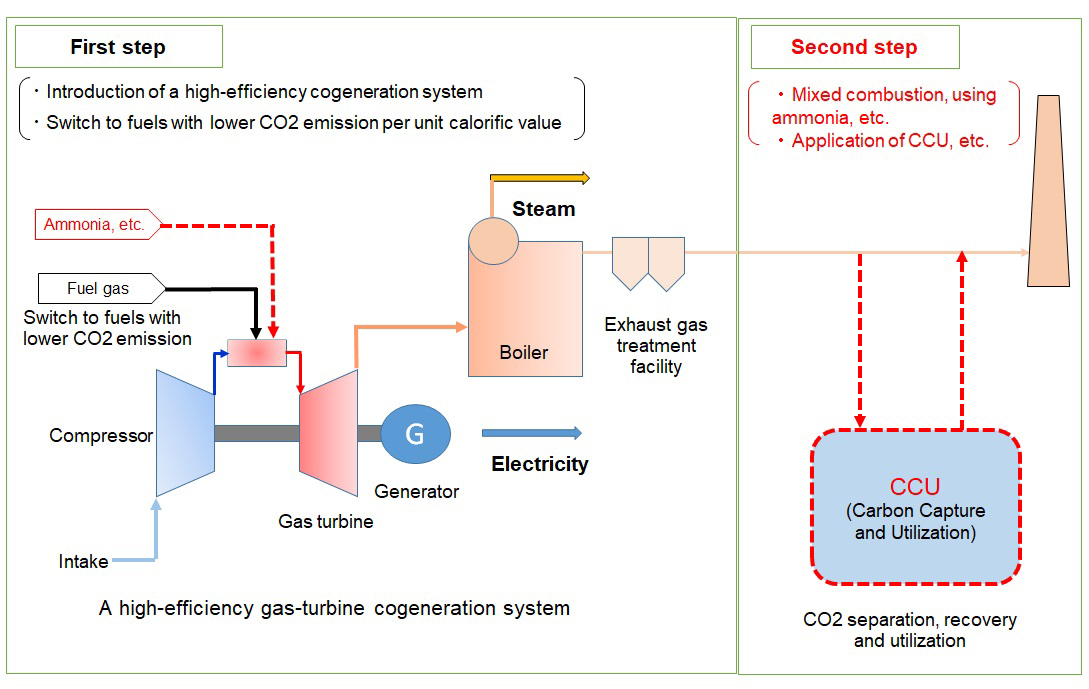Reduction of CO₂ emissions in various industrial furnace operations by developing high-strength heat-resistant steel tubes for heat exchangers
SANYO SPECIAL STEEL Co.,Ltd.
Outline
Industrial furnaces for heating and heat-treatment used in the steel and ceramics industries utilize so-called fossil fuels such as LNG, heavy oil or coke, and are one of the major CO₂ emission sources. In order to reduce fuel consumption and CO₂ emissions, the furnaces are equipped with waste heat recovery devices to improve their energy efficiency. While the heat conversion type recuperator (Fig. 1) is widely used as a waste heat recovery device for industrial furnaces, it is required to improve the heat recovery efficiency of the device, which leads to further reduction. We will contribute to the realization of a decarbonized society by developing high-strength heat-resistant steel tubes for heat exchangers that can improve energy efficiency and expanding their application to industrial furnaces.
Description
(1) This challenge
Most of the recuperators are installed in the flue. As shown in Fig. 1, the combustion air is heated (preheated) by the heat of the exhaust gas through the heat transfer tubes, which improves the energy efficiency of the furnace. Since the heat transfer tube is exposed to both high temperature and corrosive combustion gas, and combustion ash, the tube material is particularly required to have high temperature strength (creep strength) and high temperature corrosion resistance. The exhaust gas is generally cooled down before recuperators by gas dilution to the durable temperature level of the heat-transfer tubes in order to prevent the tubes from thermal damage (creep deformation). In other words, heat loss occurs due to restrictions on material properties, and there has been a room for efficiency improvement here.
(2) Challenge goal
With the background shown above, developing a heat transfer tube steel that can be used in a temperature environment higher than the current level can be an effective measure for improving energy efficiency in industrial furnaces. Therefore, we will work on development and commercialization of a heat-resistant steel tube that has equivalent high-temperature corrosion resistance to existing steel but has significantly improved creep strength, as shown in Fig. 2, and we aim to make this developed steel usable in an exhaust gas environment that is about 100 degree C higher than the current level.
(3) Specific challenge toward the goal
To achieve the goal, we will adopt the unique structure control (precipitation control of intermetallic compounds) that we have found. In addition, this development requires precise structure control throughout the process from the steel tube manufacture to the customer's use in the furnace, and the structure prediction by simulation is adopted along with the confirmation by the experiment which is the conventional development method.
(4) Effect by the realization of this challenge
It has been estimated that the industrial furnace equipped with the developed steel tube would have a CO₂ reduction effect of approximately 10% compared to the conventional steel tube.
Supplementary information
Sanyo Special Steel Co., Ltd. News Release, March 17, 2020,
" Successful Development of Heat-Resistant Steel for Use in Next Generation Recuperators "
http://www.sanyo-steel.co.jp/system/upload/news_en/20200317_e_2.pdf
Other Innovation Challenges
Contribution to zero CO₂ emissions by developing bearing steel for long-life wind power generation
SANYO SPECIAL STEEL Co.,Ltd.
Similar Innovation Challenges
Achieve 2050 decarbonization target with Net Zero Energy House!
Sekisui House, Ltd.
Achieving net-zero emissions by promoting renewable energy use through both our monozukuri and products.
DAIWA HOUSE INDUSTRY CO., LTD.




